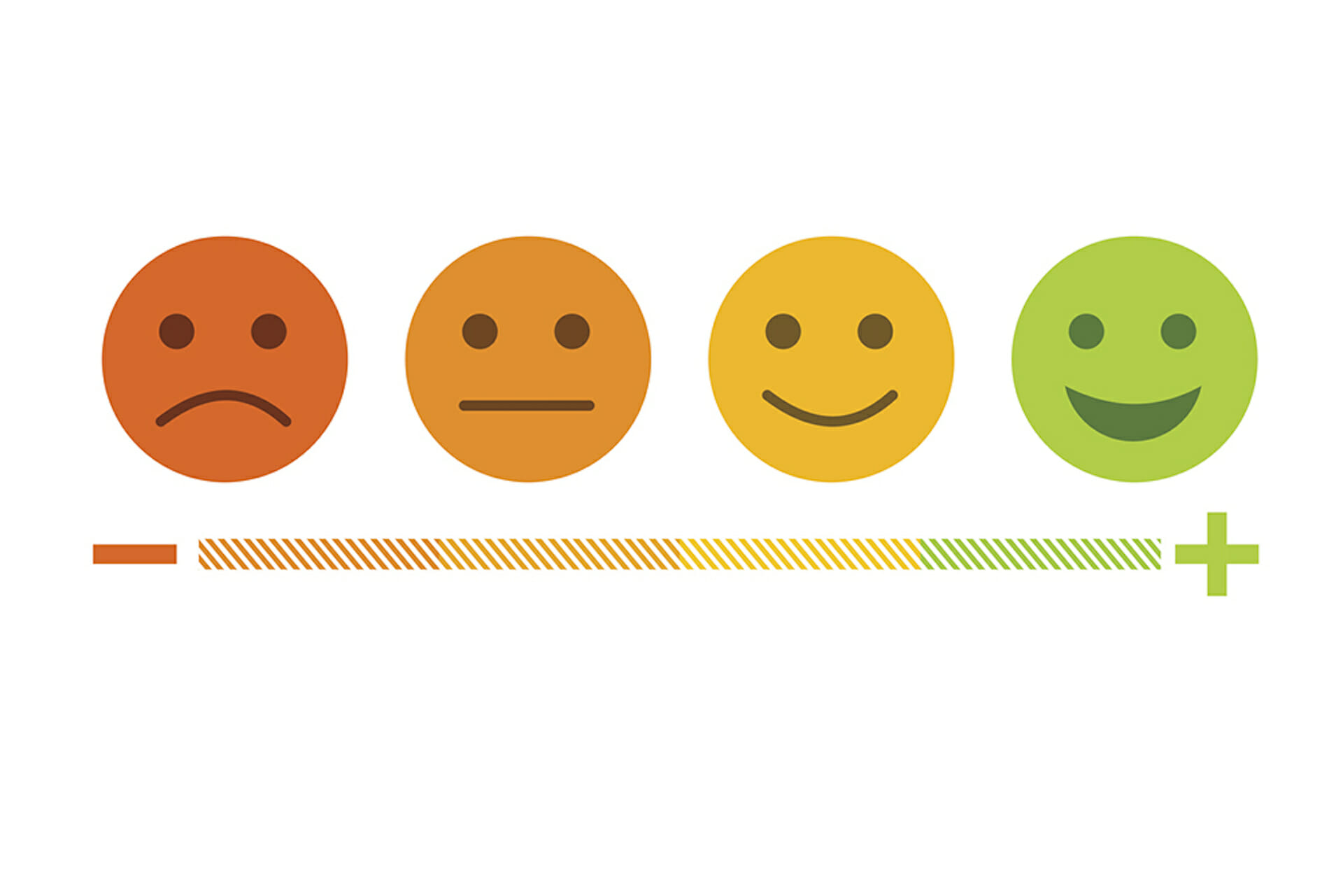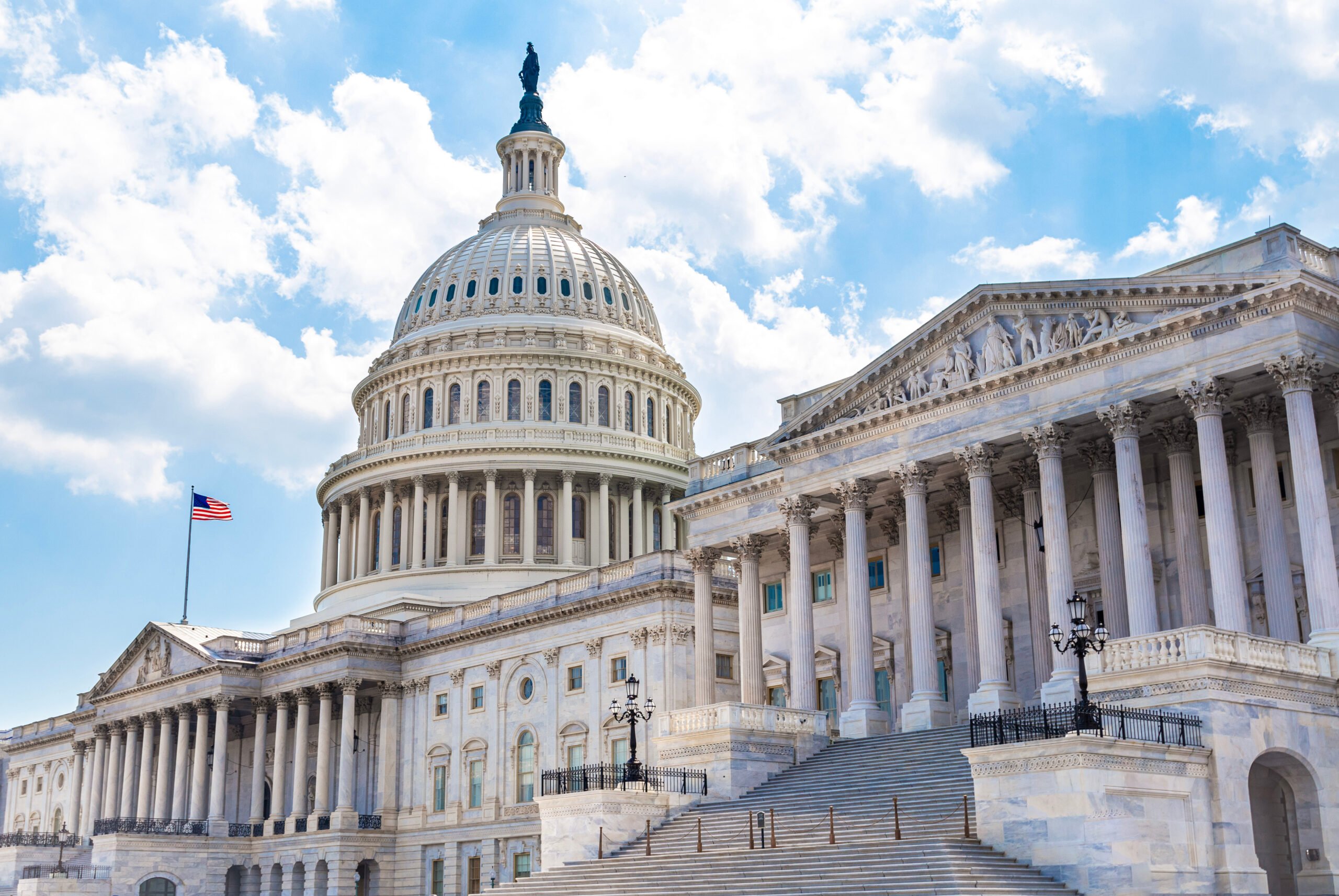For many Americans, the promise of support for military veterans is a sacred one, a commitment to honor service with real-world resources. But beneath the surface of well-meaning programs and VA-run systems, a more complex reality emerges: the support a veteran receives can vary drastically depending on what state they call home.
A new analysis of Department of Veterans Affairs (VA) data reveals a nation of extremes. From dramatic differences in per-veteran spending to funding gaps in critical reintegration programs, the data paints a fragmented portrait of veteran care in the U.S. And while national totals may seem reassuring at first glance, zooming in exposes structural imbalances with far-reaching consequences.
A Nation That Spends Big, but Not Always Well
In 2023, the VA spent an eye-popping $284.7 billion on veteran benefits. That figure covers everything from medical care and housing assistance to vocational training and disability compensation. Yet despite the scale of that investment, outcomes remain uneven.
States like Texas, California, and Florida dominate in terms of raw dollars, Texas alone accounted for $27.7 billion. But when you dig deeper and look at spending per veteran, the playing field tilts in surprising directions.
Take Washington, D.C.: it leads the nation in per-veteran spending by a landslide, topping $376,000 per individual. That’s more than 20 times higher than states like California, despite its large veteran population. But this doesn’t necessarily signal superior care. Much of D.C.’s inflated figure stems from administrative overhead and unique structural expenses, a reminder that more spending doesn’t always equal more impact.
Healthcare Is King — And That’s a Problem
Of the total federal allocation, over $109 billion went to medical care in 2023. That’s 38.3% of all veteran-related spending, the single largest category. The need is real: more than 6.2 million veterans accessed VA healthcare services last year, many of them grappling with complex service-related injuries and chronic illnesses.
But a system so heavily weighted toward reactive medical care raises concerns about long-term sustainability. Are we investing enough in proactive programs that help veterans thrive, not just survive after service?
Legal professionals and veteran advocates, including the team at CCK Law, often emphasize this imbalance when discussing the long-term health and financial stability of veterans. When a disproportionate share of funding goes toward healthcare and disability compensation, it may suggest deeper systemic problems that earlier interventions could help mitigate.
Educational and Vocational Services: Underfunded and Underrated
While medical care and disability payments dominate the budget, the VA spends just 4.3% of its total on education and vocational support, programs that arguably do the most to prepare veterans for a meaningful civilian life.
Job training, college tuition assistance, and career counseling have been cornerstones of post-service opportunity for decades. Yet today, they remain underutilized in many regions. It’s a missed opportunity, especially given how these services can reduce long-term reliance on more costly benefits like disability compensation and emergency medical care.
More proactive investment in these areas could shift the trajectory of thousands of veterans, especially those returning from recent conflicts without a clear career path.
Disability Compensation: A Necessary Lifeline for Millions
The second-largest piece of the spending pie, $145.6 billion, goes to disability compensation. Around 62.8% of all veterans rely on this benefit, a testament to the physical and psychological toll of military service.
Interestingly, usage rates are fairly balanced between genders: 32.4% of women and 30.4% of men receive disability compensation. These finding challenges outdated assumptions that male veterans bear the brunt of service-related harm and underscores the importance of inclusive benefit models.
Still, the heavy dependence on compensation reflects a reactive system. When two-thirds of a population needs long-term financial assistance, it’s time to ask harder questions about how veterans are being supported before they reach that point.
Why Geography Matters More Than It Should
One of the most striking findings in the data is that states with smaller veteran populations often spend more per veteran. On paper, this might suggest greater care, but in practice, it often signals inefficiency or a lack of scalable infrastructure. The cost of administering complex programs for a smaller group can inflate per-capita spending without improving outcomes.
Meanwhile, states with larger populations, which arguably face more pressure to deliver, often struggle with underfunded systems and longer wait times. The result is a patchwork of care that lacks consistency or fairness.
Toward a Smarter, More Balanced Future
The takeaway here isn’t that the system is broken, it’s that it’s lopsided. Billions of dollars are being spent every year, but the returns on that investment vary wildly depending on location, local leadership, and how dollars are distributed.
By exposing these disparities, analyses like this one offer a critical lens on how to improve the system. Transparency, smarter budgeting, and targeted investments in education, employment, and preventive care can close many of these gaps. But doing so requires shifting the conversation from quantity of support to quality.
Veterans deserve more than just a budget line. They deserve systems that meet them where they are, prepare them for the road ahead, and recognize the full spectrum of their service, no matter their ZIP code.











![[UPDATE: Trump wants vote TONIGHT] – Big Beautiful Bill has the votes to proceed in the House, but they still don’t have the votes to pass it… [UPDATE: Trump wants vote TONIGHT] – Big Beautiful Bill has the votes to proceed in the House, but they still don’t have the votes to pass it…](https://therightscoop.com/wp-content/uploads/2024/11/speakerjohnson-1-620x300.jpg)





















































